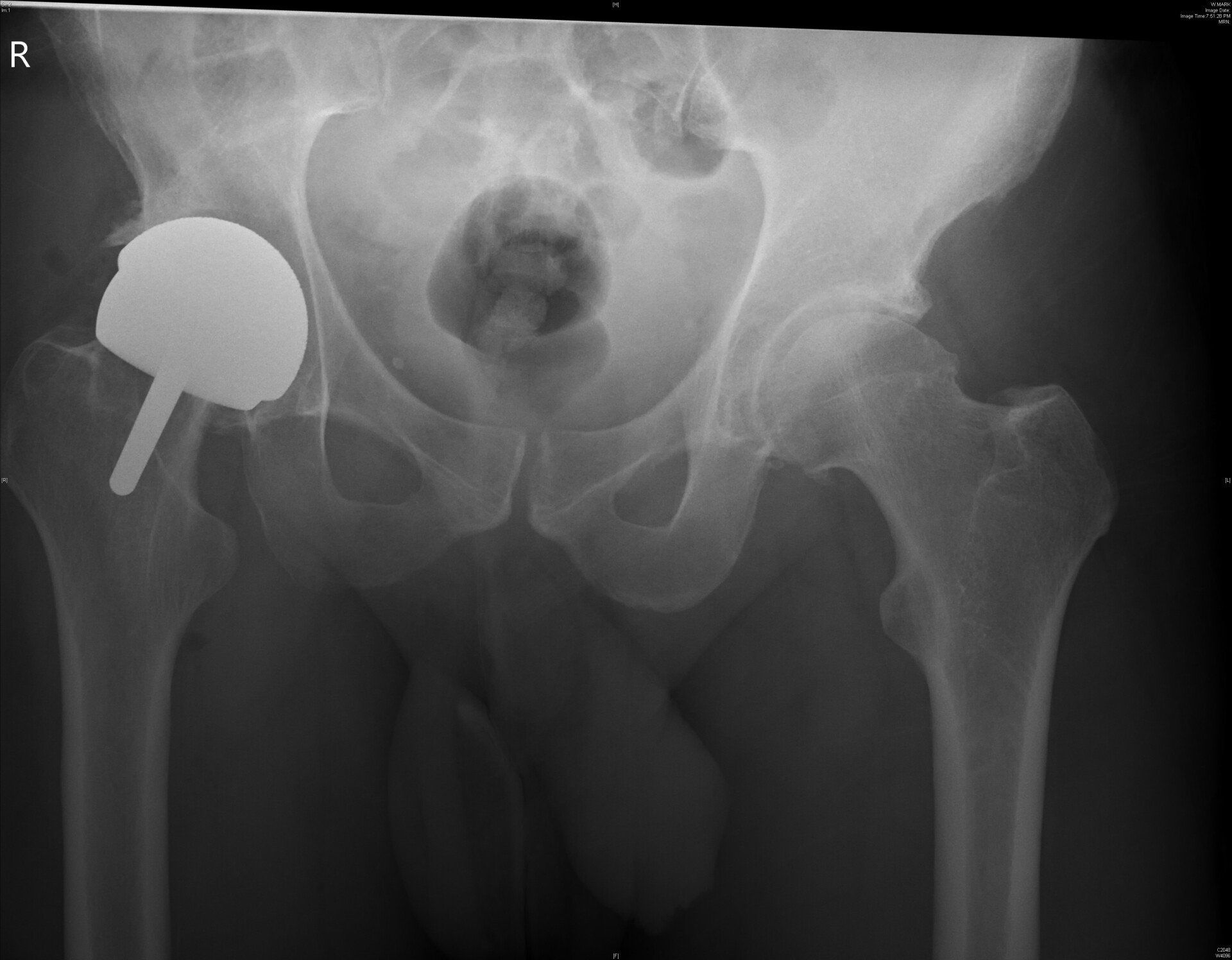Hip Resurtacing Surgery
What is Hip Resurfacing Surgery?
Hip Resurfacing also referred to as Hip Cap Replacement or Bone Conserving Surgery is a procedure that only:
- Replaces the hip socket, and
- Resurfaces (reshapes) the damaged areas at top of the thigh bone (femoral head).
It is a more conservative and less traumatic alternative to Total Hip Replacement
Hip Resurfacing or bone conserving procedure replaces the acetabulum (hip socket) in the same way as a Total Hip Replacement but resurfaces the femoral head. This means the femoral head has some or very little bone removed that is replaced with the metal component. This spares the femoral canal.

Who is Suitable for Hip Resurfacing Surgery?
The limitation here is that the procedure is only suitable for those with
- Strong bones (which often rules out the older patients)
- Without serious arthritic conditions as it can mean the bone is not strong enough.
Resurfacing procedures may be indicated where the patient
- Is typically less than 55 years who has osteoarthritis, and
- Patients who wish to maintain an active lifestyle. Benefits of Hip Resurfacing
Hip resurfacing is not for everyone, fewer than 10% of patients are suitable for Hip Resurfacing Surgery
Benefits of Hip Resurfacing
The main advantage is that it is bone sparing in that it does not violate the femoral canal.
The benefits of Hip Resurfacing can include:
- Higher activity levels allowed
- Quicker recovery in hospital
- Reduced bone damage and Osteolysis (erosion of bone) over time
- Reduced complications, especially reduced dislocation rate and reduced leg discrepancy
- Reduced leg length problems


